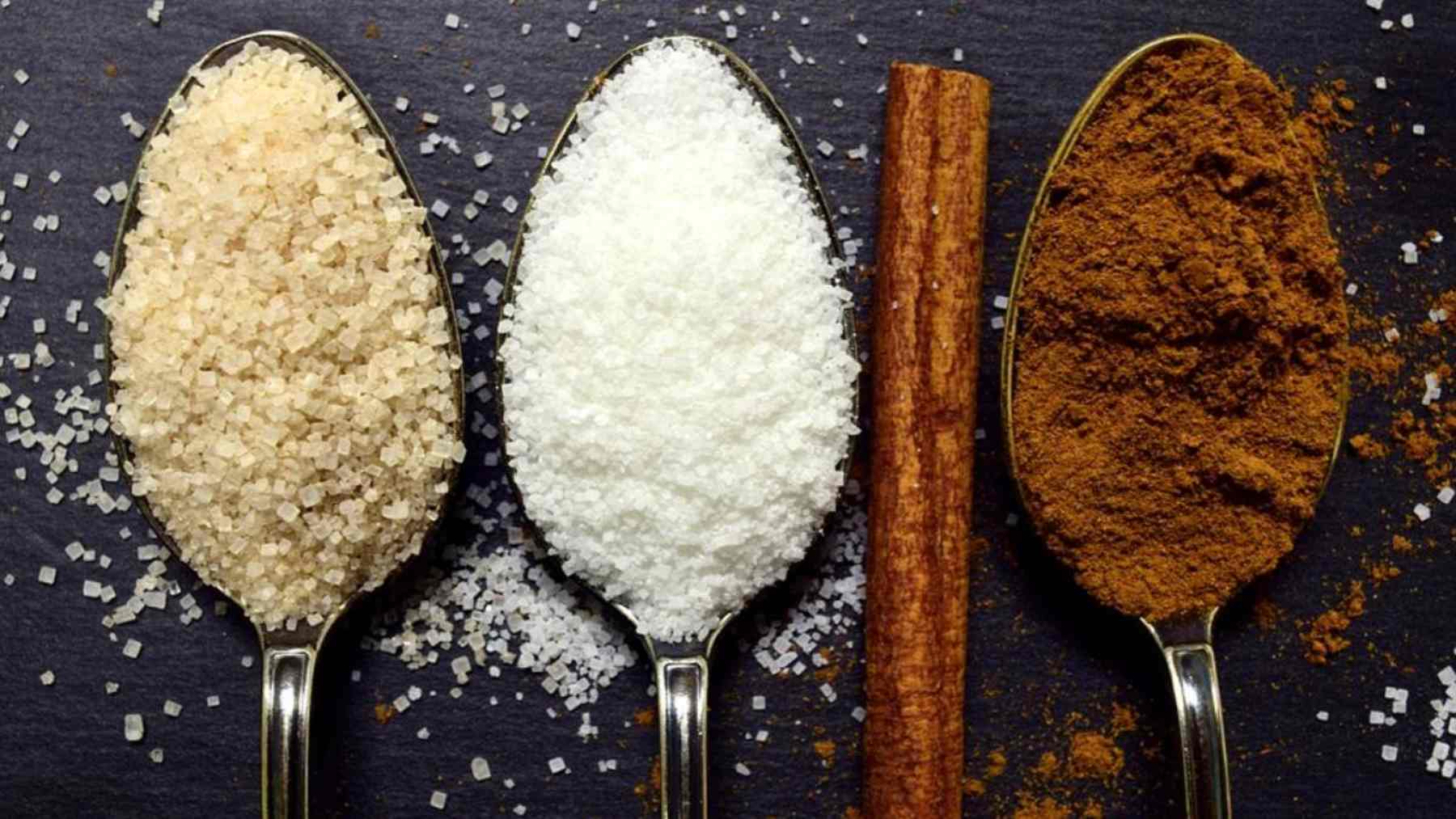When it comes to choosing the right sugar for your diet, the options can be overwhelming. White, cane and brown sugar all have different flavors and appearances, but which one is truly the healthiest? Nutritionists weigh in on the pros and cons of each, offering insights into how they affect your body, energy levels, and overall health. Here’s what you need to know before making your next sugar choice.
If we start from the basis of a diet of 2,500 calories, which may be more or less considering factors such as gender, age or training routine, and combine that with the WHO advice that sugar should not account for more than 10% of caloric intake, then we can conclude that 25 grams per day is a reasonable amount for most people.
However, for various reasons, there are many people who take more of this sweetener into their bodies every day. How is this possible? It is mainly due to the fact that this crystalline substance is often incorporated into foods and beverages.
Practically all the ultra-processed foods that we can buy in stores and supermarkets contain sugar, even those that one would never imagine to have it among their ingredients. If we add to that the teaspoon of sugar in tea or coffee, and the occasional sweet after dinner, we can easily understand why we are overindulging. And to make matters worse, almost nobody knows what kinds of sugar exist and what effects they generate.
It is enough to take a look to understand the confusion. In addition to white, brown and cane sugar, there are other alternatives you can choose from, such as syrups, syrups, sugars derived from fruits, including coconut sugar, etc.
Even honey is a sweetener solution to consider. With so many possibilities, it is not uncommon that we have a hard time deciding and end up selecting our sweetener more for its taste than for its content and/or effects.
Which sugar is healthier?
If you’re wondering which of these types of sugar would be acceptable as part of a healthy diet, and you’re one of those who think white sugar is “bad” while brown sugar and cane sugar are “good,” you’re probably in for a surprise.
Beyond the bad reputation of the former, one is absolutely the same as the other. The only caveat that can be drawn is at the nutrient level: brown sugar is the only one with some “nutritional value”.
Unlike the other two, brown sugar provides us with some vitamins, minerals and fiber that are not present in white or cane sugar. Regardless, if you have used this sweetener without limiting yourself by believing that it is “healthy”, you will see that it is not. It is just as harmful as the others. In other words, you should control the consumption of white sugar as much as any other type of sugar. Try not to exceed 25 grams per day!
In fact, the nutrients in brown sugar are negligible compared to other foods. The Open Foods Facts organization reviews them:
- Carbohydrates 95.1 g
- Sugars 90 g
- Dietary fiber 0.01 g
- Proteins 0.219 g
- Salt 0.002 g
This information corresponds to 100 grams, so if you stay within the advice of up to 25 grams per day, its nutrients are even less.
Perhaps because of its less refined and more natural appearance, something similar to brown sugar happens with panela. We tend to delude ourselves that it is healthier. These two may be somewhat less processed than white sugar, but that does not distinguish them from a nutritional point of view. In all cases, they are sweeteners that we should reduce in our diet.
Chemically speaking, we could say that all the types of sugar mentioned here are the same.
Differences according to production
Although there is almost no difference between the production of white and brown sugar, in this case, one of the first points of difference that we find between the two is in the last stage of production, because to produce white sugar, molasses is completely eliminated through different industrial processes and to produce brown sugar, these last processes are not carried out and much of the molasses, the substance responsible for the color, aroma and characteristic flavor of brown sugar, is left behind.
In addition, from the Cuaderno Cultura Científica website, they specify that it is not true that colorants are used to dye sugar, since this is not legally permitted. In all types of brown sugar, the brown color is due to molasses. When we dissolve brown sugar and it loses its surface color revealing that the inside resembles white sugar, it is because it is a brown sugar produced by blending.
Other differences between white and brown sugar
Brown sugar is more bitter than white sugar and we tend to add more of it to our food to really notice the sweetness we are looking for. So we must be careful with the unnecessary excess consumption of brown sugar, because although it has more properties than white sugar, this can be counterproductive and not good for our health.
Are sweeteners healthier than sugar?
Saccharin or stevia are not bad if we intend to give a sweet taste to our food and drinks. They are not healthy, but they do offer less risk than sugar. Sweeteners with low sweetening power in general -sorbitol, maltitol, xylitol, mannitol, isomaltulose, lactitol- are the most convenient both as sweeteners and if your goal is to give up white sugar little by little.
Honey and cinnamon, especially Ceylon cinnamon, are two natural sweeteners with a better nutritional and sugar balance. If you get used to sweeten with them your metabolism will benefit doubly, so give them a try.

